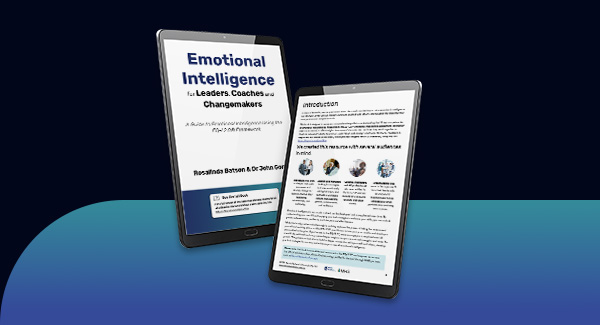What is the best change style assessment?
The Change Style Indicator® 2 (CSI 2) is the most widely recognised assessment associated with change management. It is designed to capture an individual’s preferences in approaching change and in dealing with situations involving change. Results of this instrument place an individual on a continuum ranging from a Conserver orientation to an Originator orientation. A Pragmatist orientation occupies the middle range of the change style continuum. The closer an individual’s score is to one end of the continuum, the stronger the preference for that “change style”. True pragmatists score in the middle ranges.
The CSI™ 2 Self-Assessment Instrument offers a quick and accurate self-assessment of preferred change style. The CSI™ 2 can assist in better understanding one’s response to new situations and to changes in existing situations. It allows for increased flexibility and increased effectiveness of one’s response to change, while also enhancing an understanding of the reactions of others.
The CSI™ 2 feedback report provides a guide to understanding CSI™ 2 scores, enabling participants to:
- manage response to change and its consequences, both as leaders and as support persons
- understand sources of conflict associated with change and the relationship between that conflict and preferred change style
- recognise and appreciate contributions that each change style offers to teams and to organisations
- increase productivity through awareness and effective response to change style differences
- respond to the needs and styles of others in a way that enhances collaboration and builds team and/or organisational synergy
- assess environmental factors surrounding a change and select the most appropriate change response
By understanding a team’s a change style, Change Managers or Change Consultants can help organisations to better plan change initiatives. The debrief and supporting workshop delivered by the Change Manager or Change Consultant has information and activities highlighting the characteristics of the different styles, their preferred communication approach and how they perceive each other. By specifically relating this information to a particular team, it deepens the understanding of each other, how individuals may respond to change initiatives and who might be best placed to drive the initiative depending on the type of change required.
Sign up for the Neural Networks Newsletter
Join our mailing list to receive information on leadership, sales, and emotional intelligence.

 +61 9555 7955
+61 9555 7955